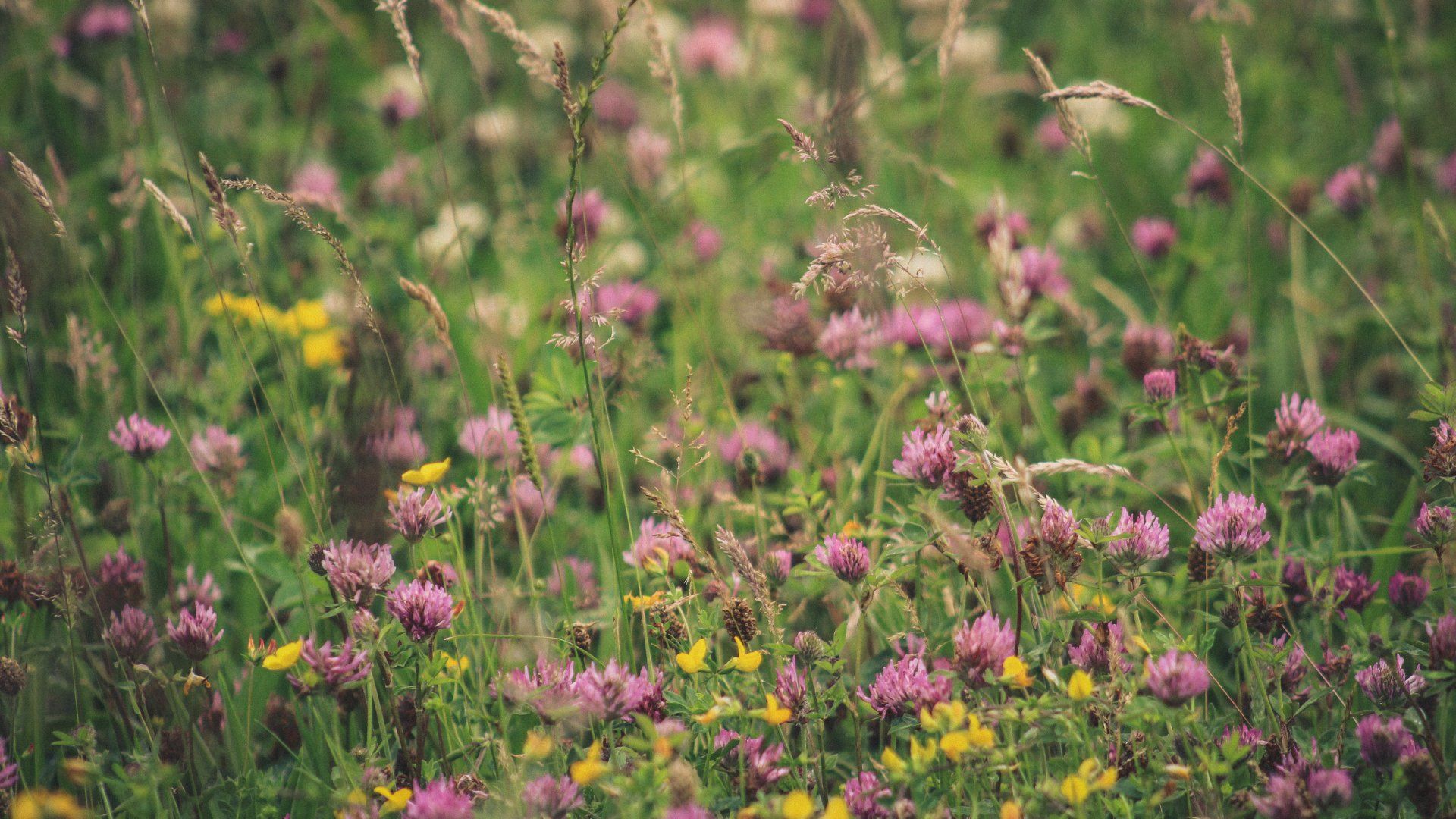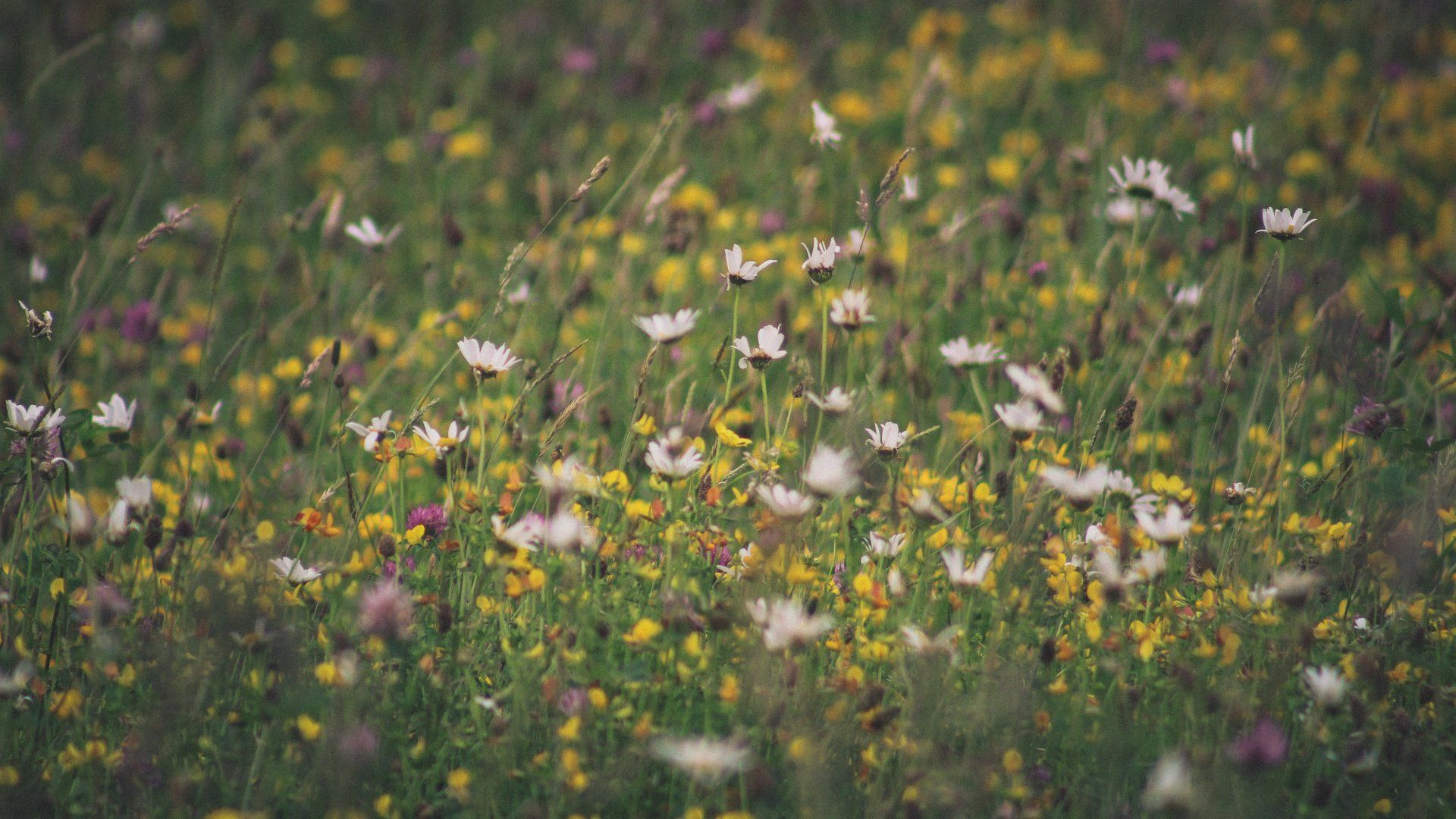#NoMowMay
James Brunton-Smith • May 13, 2020
Encouraging Bees into your garden this May

A big element of many gardens is the lawn, very often the focus of family life and requiring huge amounts of annual maintenance to keep it looking good. Last month Plantlife released a paper that demonstrated just how beneficial not mowing the lawn through the month of May would be for both us and wildlife.
The research was undertaken by citizen scientists that were contributing to Plantlife's Every Flower Counts survey of the garden lawn. The outcome of the work revealed that not only are our lawns home to a huge diversity of wildflowers, but also that some very simple changes in mowing would result in enough nectar for ten times more bees and other pollinators.
List of Services
-
SPECIES DIVERSITYList Item 1
Over 200 species were found flowering on lawns including rarities such as meadow saxifrage, knotted clover and eyebright.
-
ABUNDANCEList Item 2
The top three most abundant lawn flowers are daisy, white clover and selfheal. Over half a million flowers have been counted, including 191,200 daisies.
-
NECTAR SCOREList Item 3
First ever National Nectar Score for our lawns: all lawn flowers in the survey combined produced a colossal 23kg of nectar sugar per day, enough to support 2.1 million - or around 60,000 hives - of honeybees.
-
FREQUENCYList Item 4
Highest production of flowers and nectar were on lawns cut every four weeks, whilst longer, unmown grass had a wider range of flowers.
Every Flower Counts found that 80% of lawns supported the equivalent of around 400 bees a day from the nectar sugar produced by flowers such as dandelion, white clover and selfheal. But 20% of lawns (dubbed “superlawns”) were found to be supporting 10 times as many – up to 4000 bees a day.
These findings pave the way for new guidelines on how to manage our lawns for wildlife. Dr Dines of Plantlife noted: “In any garden, big or small, we’d now advise keeping two lengths of grass. Leave some patches completely unmown to let taller flowers come into bloom. For the rest of the lawn, you can keep the grass shorter by mowing once every month to a height of 1 or 2 inches. You’ll cut off some flowers when you do mow but they’ll come back quickly; you can even rotate patches around your garden so there are always some areas in flower. For flowers, bees and butterflies there is one lawn ‘haircut’ that really suits: the 'Mohican'. Most should be given a monthly cut to boost short sward plants but there should also ideally be an area set aside for longer grass where floral diversity abounds.”
Although I currently do not have a lawn to mow, I am encouraging you to consider the #NoMowMay recommendations to limit mowing and to watch biodiversity returning to your garden. This may be a particularly fun project for children who are currently home-schooling.
Taking part in Plantlife’s is Every Flower Counts is simple:
1. Simply leave your mower in the shed for No Mow May and let the flowers grow.
2. From 23rd May to 31st May take part in Every Flower Counts by counting the number of flowers in a random square metre of your lawn.
3. Enter your counts on the website and instantly receive your very own Personal Nectar Score, showing how much nectar is being produced by the flowers on your lawn and how many bees it can support.






